5 Ornamental Gourds To Try - Fascinating Gourd Varieties
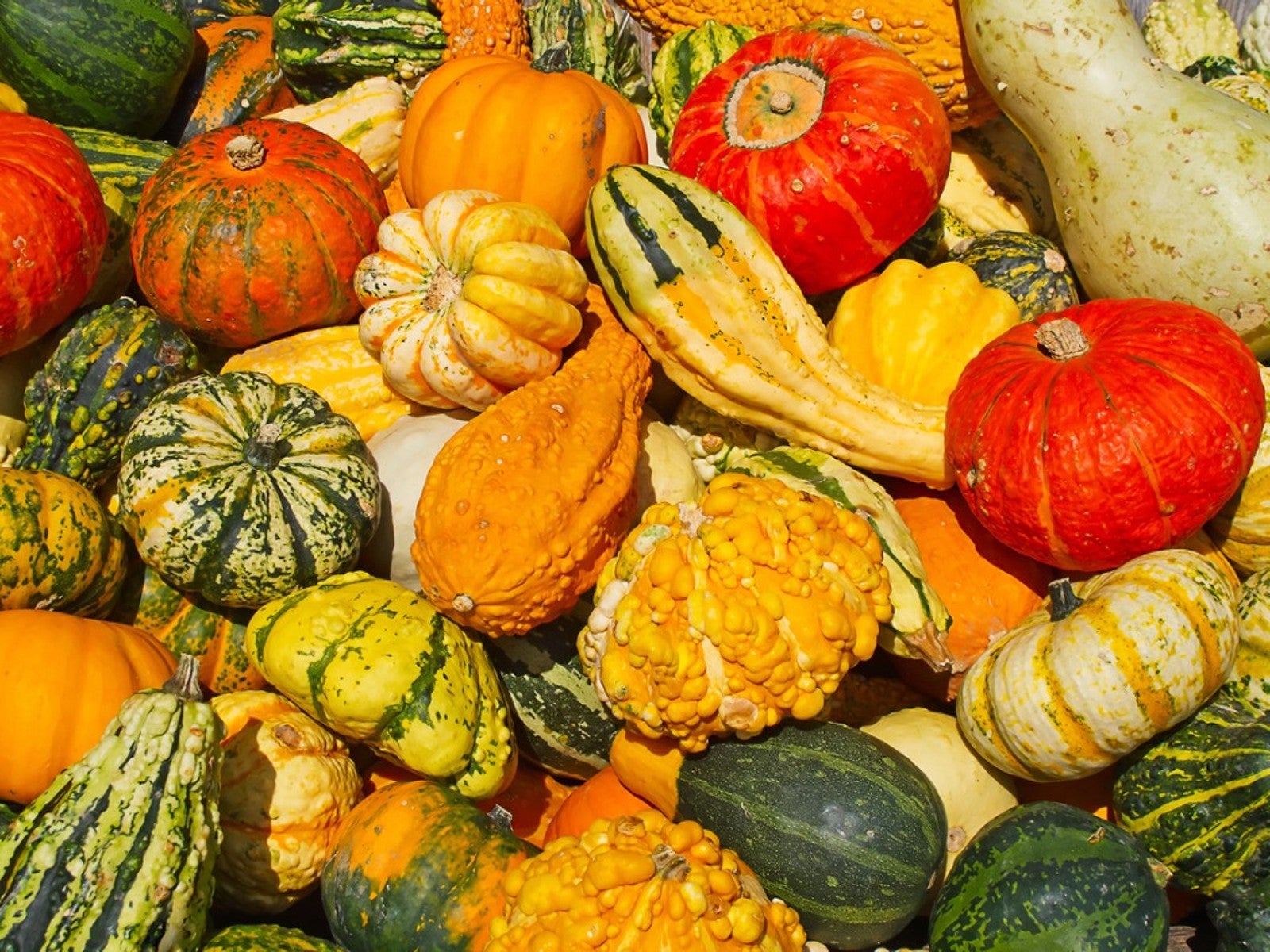

Did you know ornamental gourds were among the first plants cultivated by early humans? Originally used for crafting bowls, tools and musical instruments, these brightly-colored members of the Cucurbitaceae family were bred for centuries and have become the foundation stock for many of our modern-day gourd varieties.
With shapes ranging from ugly to interesting, gourds are often used in modern times for fall decorating and crafting. Naturally, one of the best ways to acquire unusual kinds of gourd colors and shapes is by cultivating them yourself. If this sounds intriguing, here's our list of the five most fascinating gourds to grow in the home garden.
Five Fascinating Gourds to Grow
- Speckled Swan gourd – A tribute to the the graceful neck of a swan, this easily-recognized variety of bottle gourd (Lagenaria siceraria) has a rounded body with with a slim, curved neck which culminates in an enlarged “head”. Upon reaching maturity in about 125 days, the Speckled Swan gourd will sport an attractive grass green skin highlighted with cream flecking. Often used for crafting, these ornamental gourds have a hard shell which lasts for years when properly preserved.
- Daisy gourd – Developed by Larry Eckler, Daisy is one of many gourd varieties this Michigan plant breeder grows on his 100 acre farm. These small, 2 inch by 3 inch (5 by 8 cm.) gourds mature to various shades of green, orange and yellow. Named for the flower-patterned coloration on the top of the gourd, Daisy gourds make attractive fall decorations. Like other members of the Cucurbita pepo species, Daisy has a soft skin which is similar to that of squash.
- Snake gourd – As the name implies, snake gourds (Trichosanthes cucumerina var. anguina) are quite thin and can reach lengths between 2 and 6 feet (.6-1.8 m.) long. Although many gourds are grown on trellises to promote straightness, this is one of the best gourds to grow on the ground if a curly, snakelike shape is desired. The tendril-edged flowers of this ornamental plant bloom at night and are pollinated by moths.
- Caveman's Club gourd – Looking like something from prehistoric times, Caveman's Club are interesting gourds from the Lagenaria siceraria or bottle gourd species. As a distinctive type of spoon gourd, Caveman's club has a long, slender neck with a ridged, bulbous end. Caveman's Club gourds mature between 10 and 18 inches (25-46 cm.) long. To keep the handle straight, grow this gourd on a trellis.
- Luffa gourd – Perfect for scrubbing dirty dishes or exfoliating dead skin cells, sponge gourds (Luffa spp.) have a fibrous network that remains intact when the gourds are dried. Similar in shape to a cucumber, luffa gourds can reach lengths of 2 feet (.6 m.) or more. These gourd varieties often require a long growing season and can take up to 130 days to reach maturity.
Gardening tips, videos, info and more delivered right to your inbox!
Sign up for the Gardening Know How newsletter today and receive a free copy of our e-book "How to Grow Delicious Tomatoes".

Laura Miller has been gardening all her life. Holding a degree in Biology, Nutrition, and Agriculture, Laura's area of expertise is vegetables, herbs, and all things edible. She lives in Ohio.
-
 Looking For Plants To Give You The Soft And Fuzzies? Try These 5 Fuzzy Leaf Plant Options
Looking For Plants To Give You The Soft And Fuzzies? Try These 5 Fuzzy Leaf Plant OptionsLovers of texture, drama, silver foliage and tactile plants will adore these special sensory garden additions. These fuzzy leaf plant options will leave you all aglow
By Susan Albert
-
 Get Ready For A Summer Of Hummers! Grow These Full Sun Hummingbird Plants and Flowers
Get Ready For A Summer Of Hummers! Grow These Full Sun Hummingbird Plants and FlowersIf you’re lucky enough to enjoy a sunny backyard, make sure you are maxing out on your pollinator opportunities and grow these full sun hummingbird plants and flowers
By Tonya Barnett
-
 What Is A Fluted Pumpkin – Growing Nigerian Fluted Pumpkin Plants
What Is A Fluted Pumpkin – Growing Nigerian Fluted Pumpkin PlantsNigerian fluted pumpkins are consumed by 30 to 35 million people, but millions more have never even heard of them. Read on to learn about growing fluted pumpkins.
By Amy Grant
-
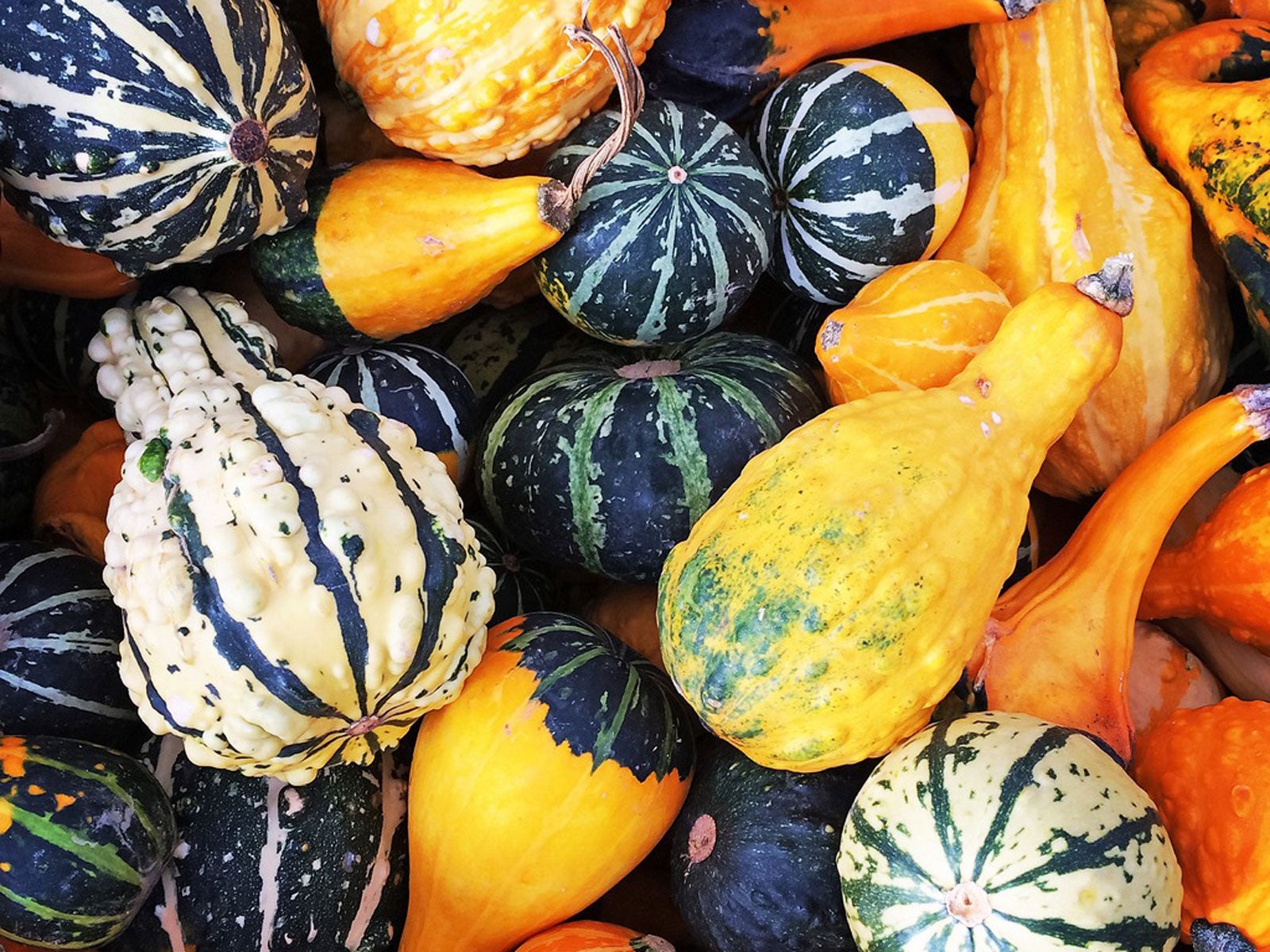 Using Decorative Gourds: Learn About Things To Do With Gourds
Using Decorative Gourds: Learn About Things To Do With GourdsIf you're looking for ideas to put together ornamental gourd displays, click here. There are lots of things to do with gourds in autumn.
By Teo Spengler
-
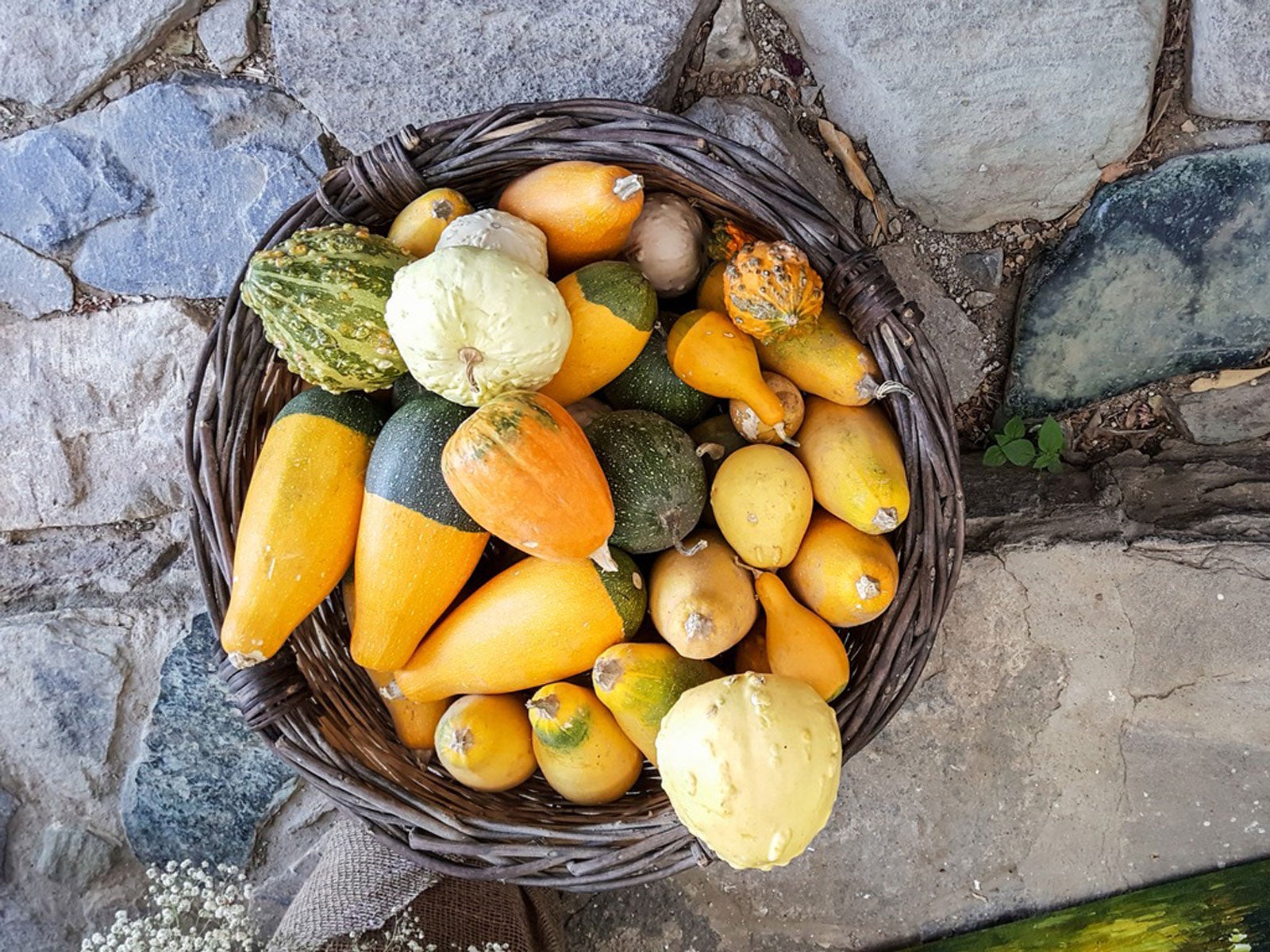 Are Gourds Edible: Learn About Eating Decorative Gourds
Are Gourds Edible: Learn About Eating Decorative GourdsFall signals gourds in every shape, size, and color. Related to squash and pumpkins, one may wonder, are gourds edible? Find out here.
By Bonnie L. Grant
-
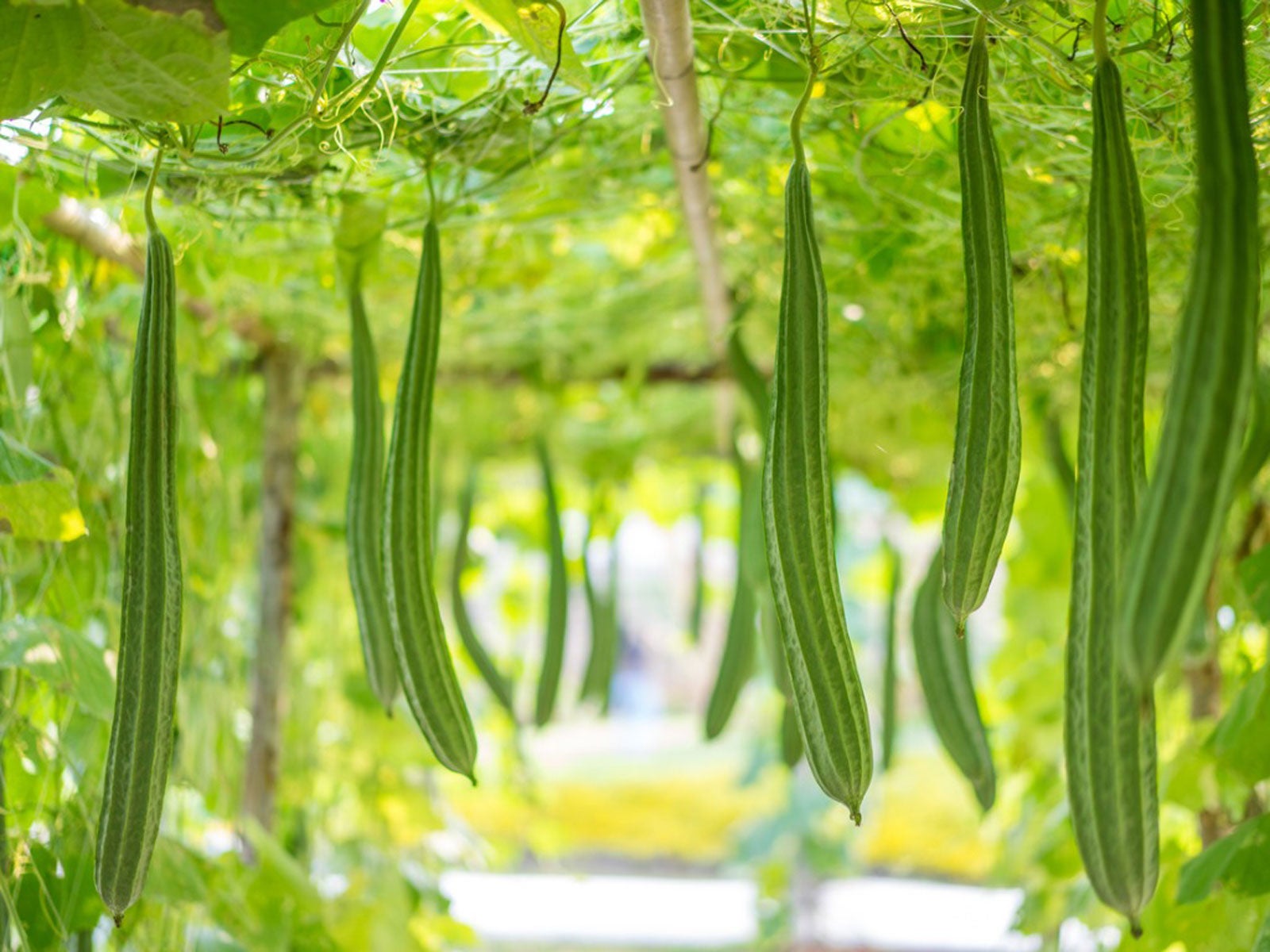 Luffa Pruning Tips: When Do Luffas Need Pruning
Luffa Pruning Tips: When Do Luffas Need PruningLuffa plants are also easy to grow, but do they need pruning? Pruning luffa vines isn't necessary but can help young plants. Learn more here.
By Bonnie L. Grant
-
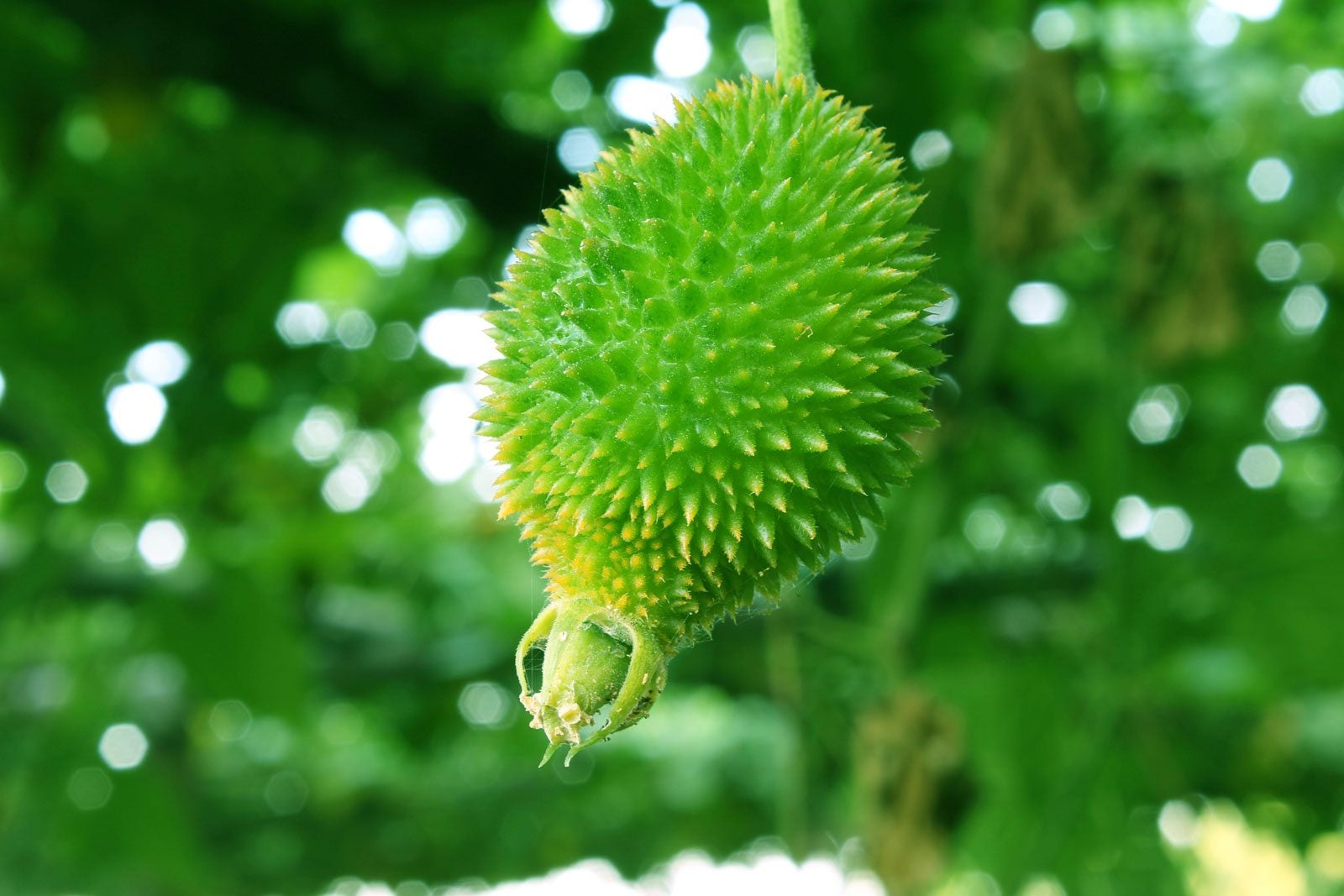 What Is A Hedgehog Gourd: How To Grow Teasel Gourd Plants
What Is A Hedgehog Gourd: How To Grow Teasel Gourd PlantsThere are a myriad of fruits and vegetables - many of which most of us have never heard. Amongst those lesser known are hedgehog gourd plants or teasel gourd. What is a hedgehog gourd? Click this article to learn more.
By Amy Grant
-
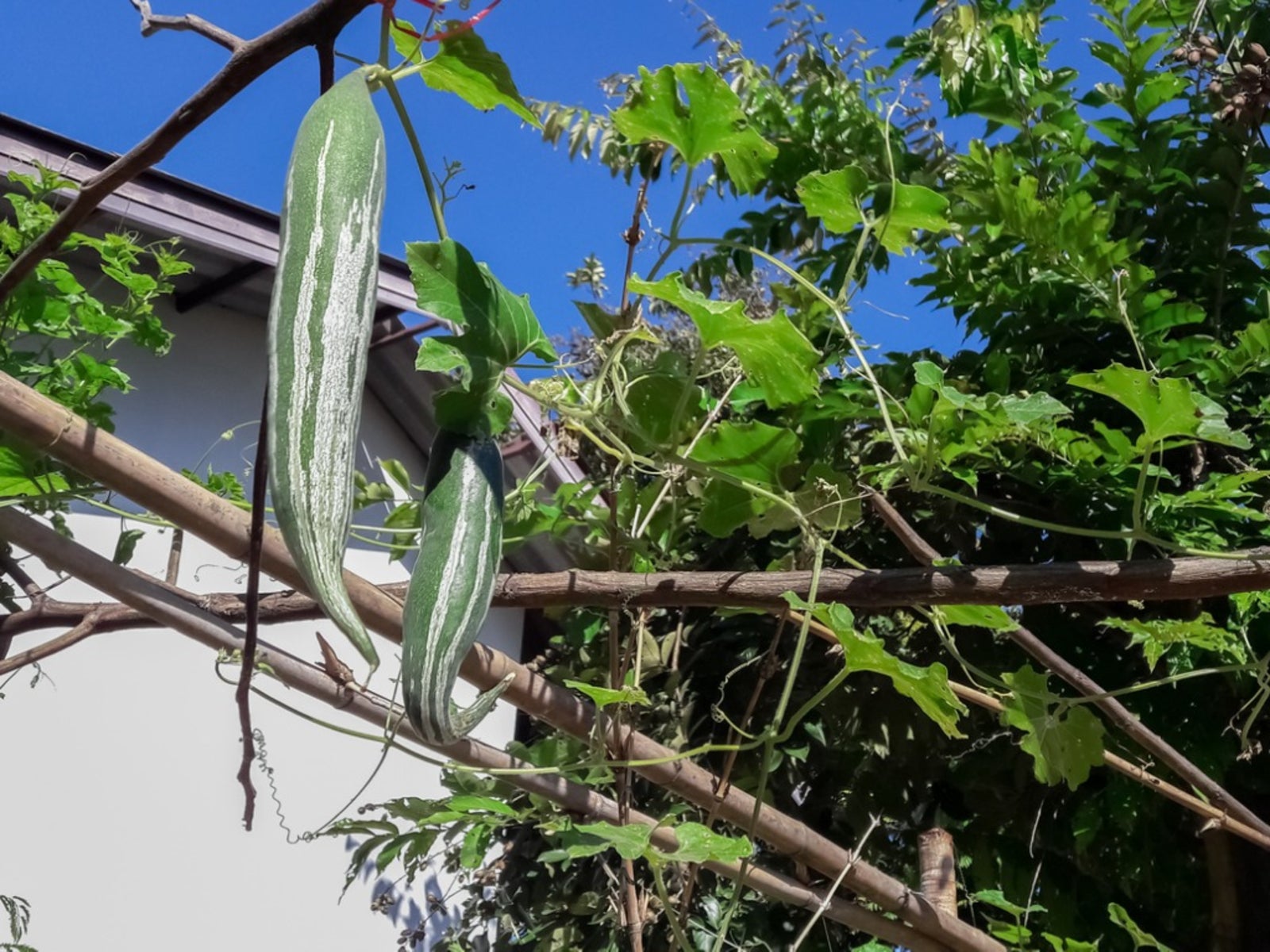 What Is A Snake Gourd Plant: Snake Gourd Info And Growing
What Is A Snake Gourd Plant: Snake Gourd Info And GrowingLooking eerily akin to dangling green serpents, snake gourds are not an item you see every day. What is a snake gourd and how do you care for a snake gourd plant? Read here to learn more.
By Amy Grant
-
 Growing Gourd Plants: Learn How To Grow Gourds
Growing Gourd Plants: Learn How To Grow GourdsGrowing gourd plants is a great way to add variety to the garden. There are many types to grow and just as many things you can do with them. Learn more about how to grow gourds in this article.
By Susan Patterson
-
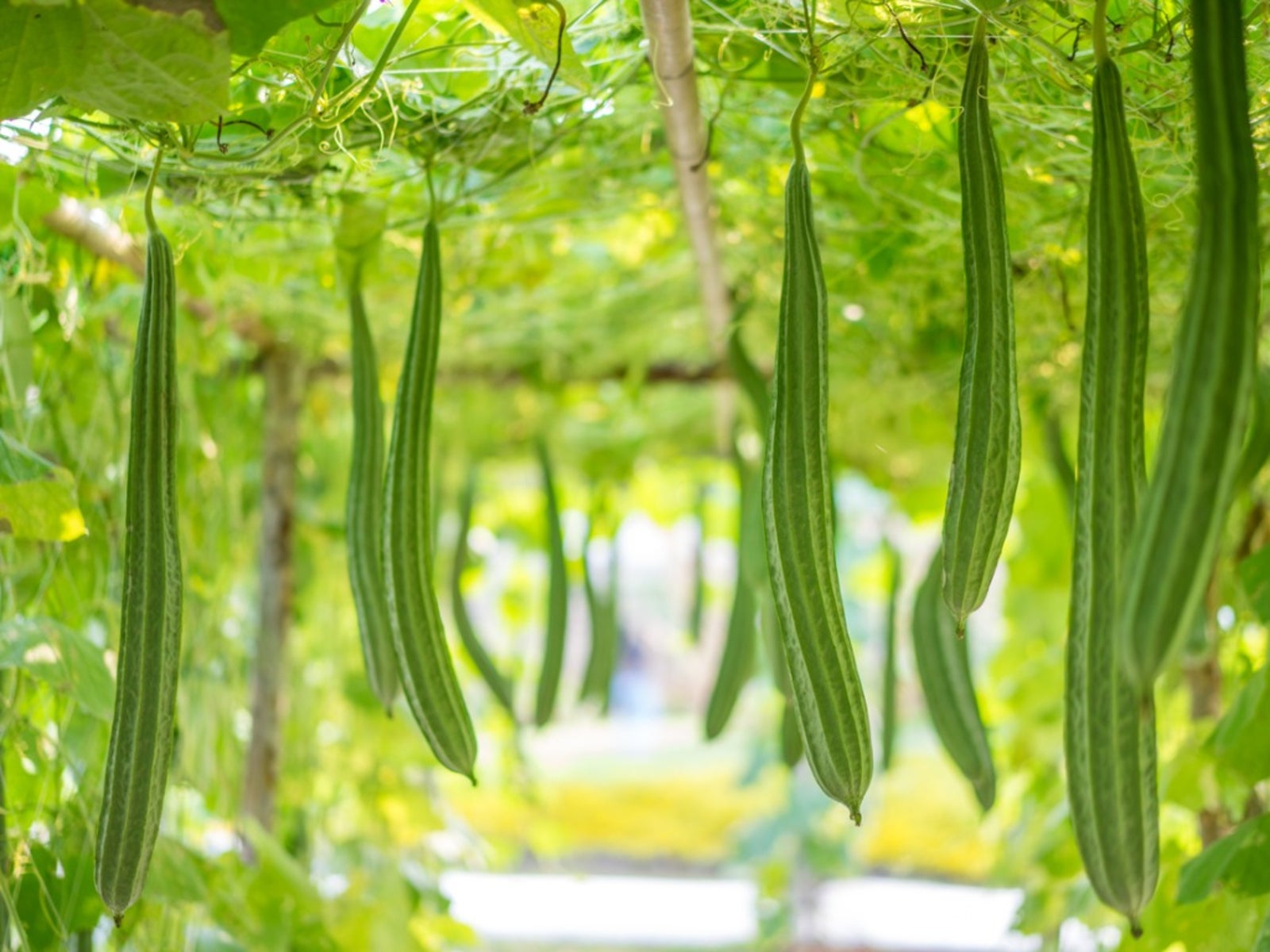 Luffa Plant Care: Information On Luffa Gourd Planting
Luffa Plant Care: Information On Luffa Gourd PlantingYou've likely heard of a luffa sponge and may even have one in the shower. But did you know you can also try your hand at growing luffa plants? Learn more about a luffa gourd and how to grow it in this article.
By Susan Patterson